Written by Lorrie Reynolds
Categories
Why You Need Independent Obstacle Performance
Independent obstacle performance is one of the most important skills your agility dog can have. What does that actually mean though? After you direct your dog to an obstacle, your dog should be able to perform it and maintain criteria no matter what you are doing or where you are in relation to them.
Many years ago, I was at a USDAA trial, and the sequence in Gamblers caught at least 1/3 of the teams. It consisted of a jump, teeter, and two additional jumps. What tripped up so many teams was the teeter. It was going almost directly away from the line. The dogs got to it, started across, and realized that their partners weren’t coming with them, so they turned around and came back, jumped off the side above the contact zone, or wouldn’t even move forward on it.
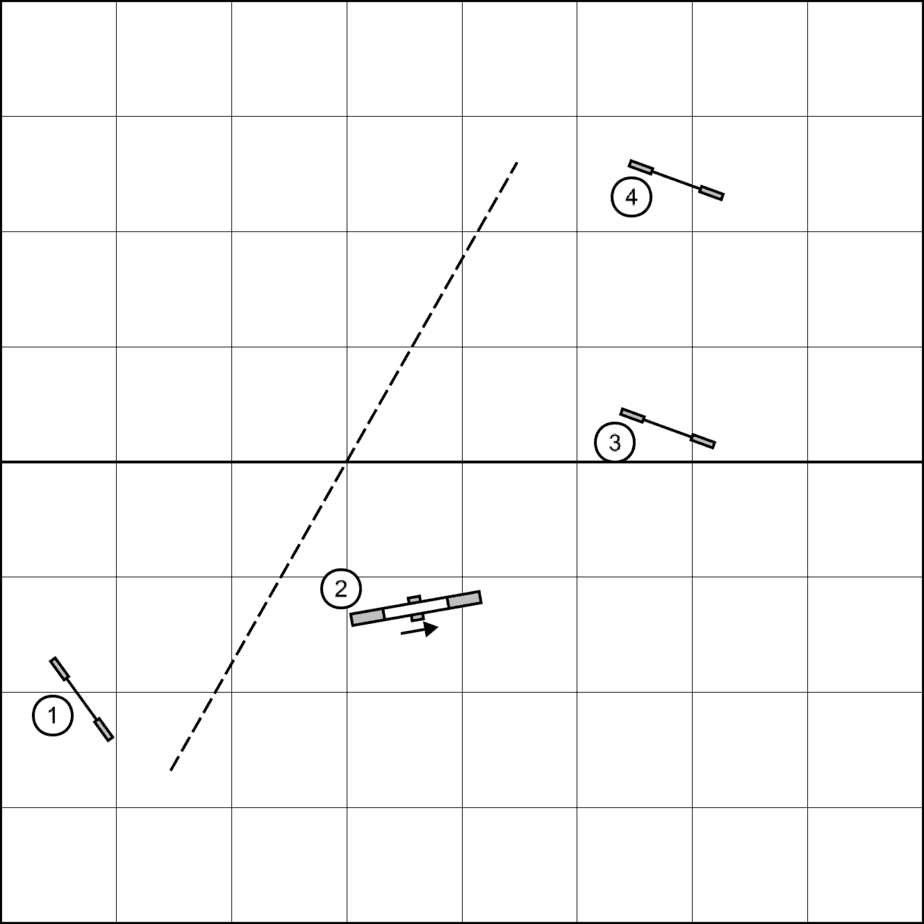
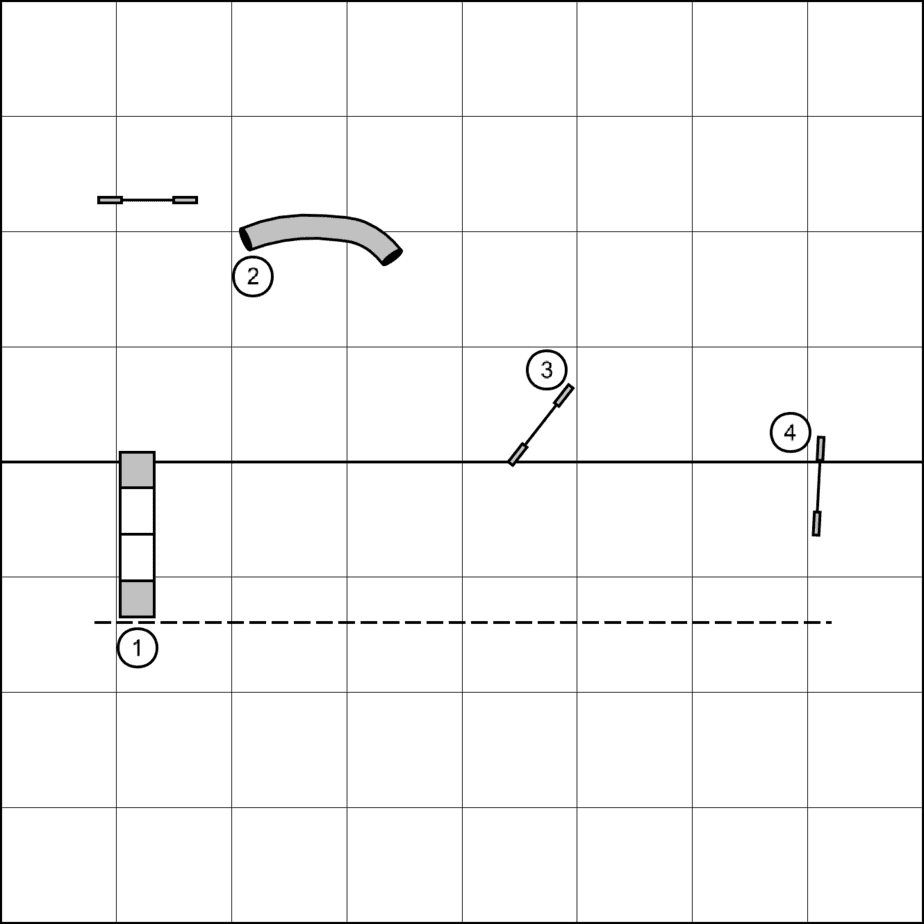
There was another Gamblers course at DOCNA Nationals one year, where the gamble line was at the start of the A-frame, and dogs had to move forward off the contact and take a tunnel, while avoiding the off-course jump next to it. Many teams were unable to either have the dog complete the obstacle without the handler right next to them on the A-frame, or have the dog move forward after the contact zone without assistance.
There are numerous stories I could tell about courses that tripped teams up because the dogs couldn’t complete obstacles independently.
What is CLAWS for Agility?
I created a mnemonic to help people remember the skills to practice for independent obstacle performance. It is CLAWS and it stands for Call, Lateral Away, With, and Send.
You should be able to Call your dog over or through an obstacle when you are ahead of him and have him stay in the weave poles, keep the bar up, or hit the contact zone.
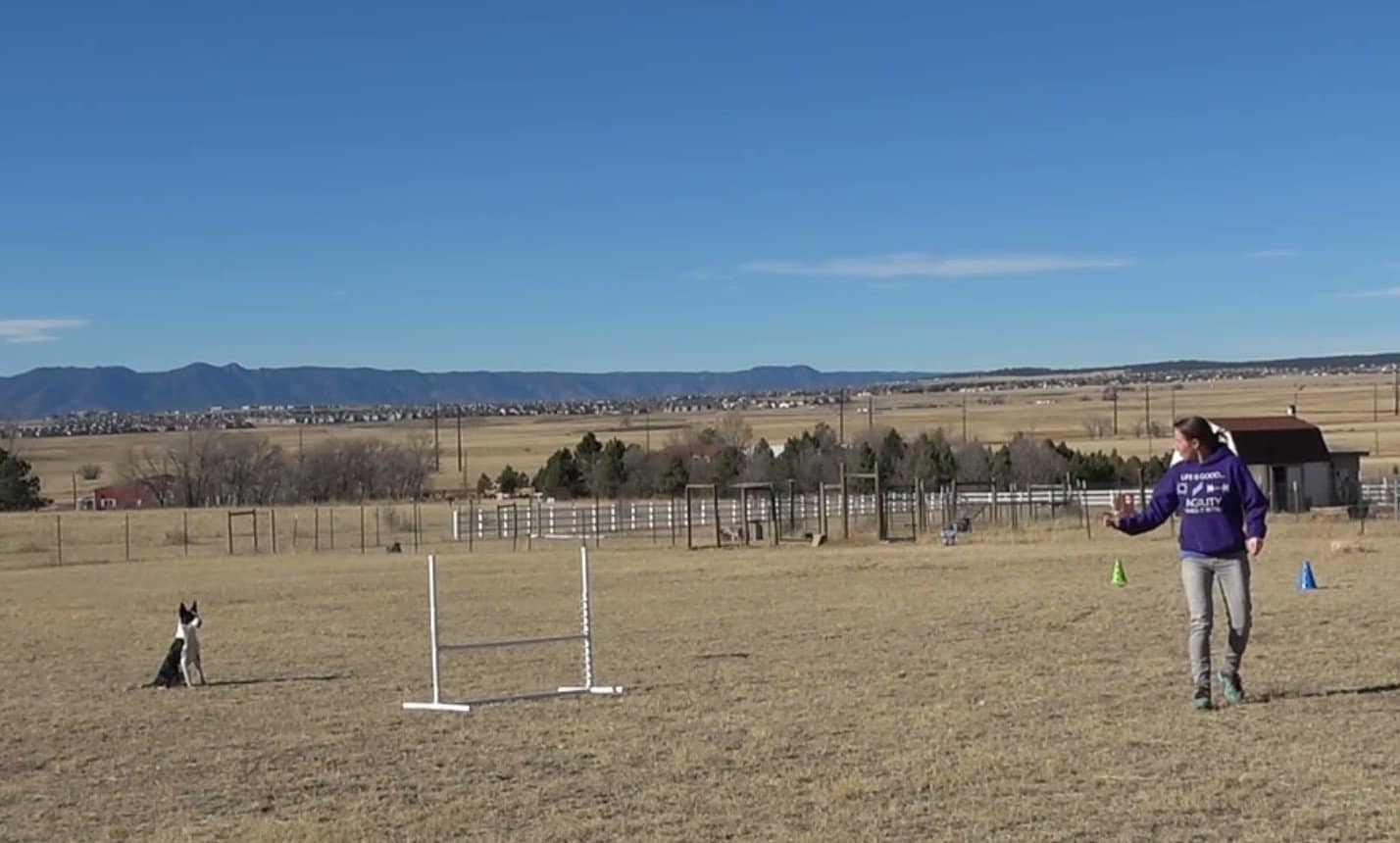
You need to be able to move Laterally Away from your dog after you indicate the correct obstacle, to get into position and direct your dog through the next section of the course.
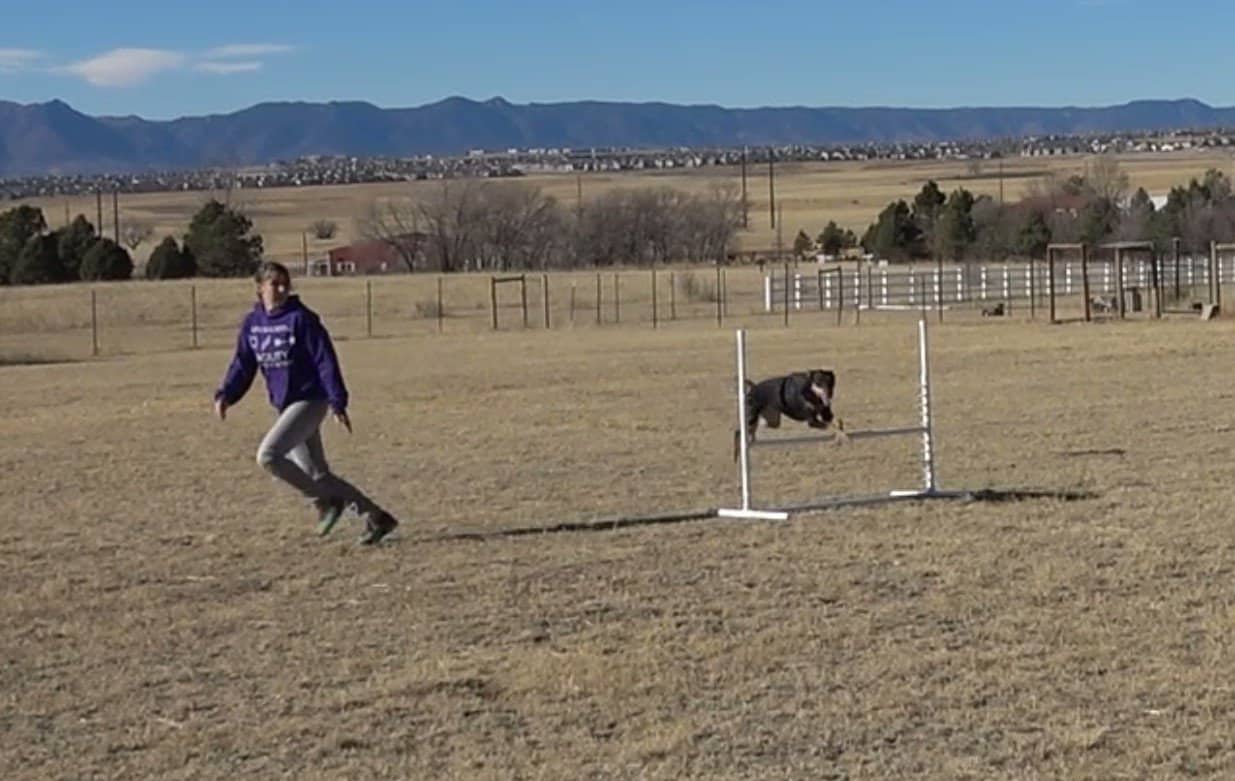
Your dog should be able to run With you on a parallel line and maintain the distance between the two of you while taking obstacles without coming in.
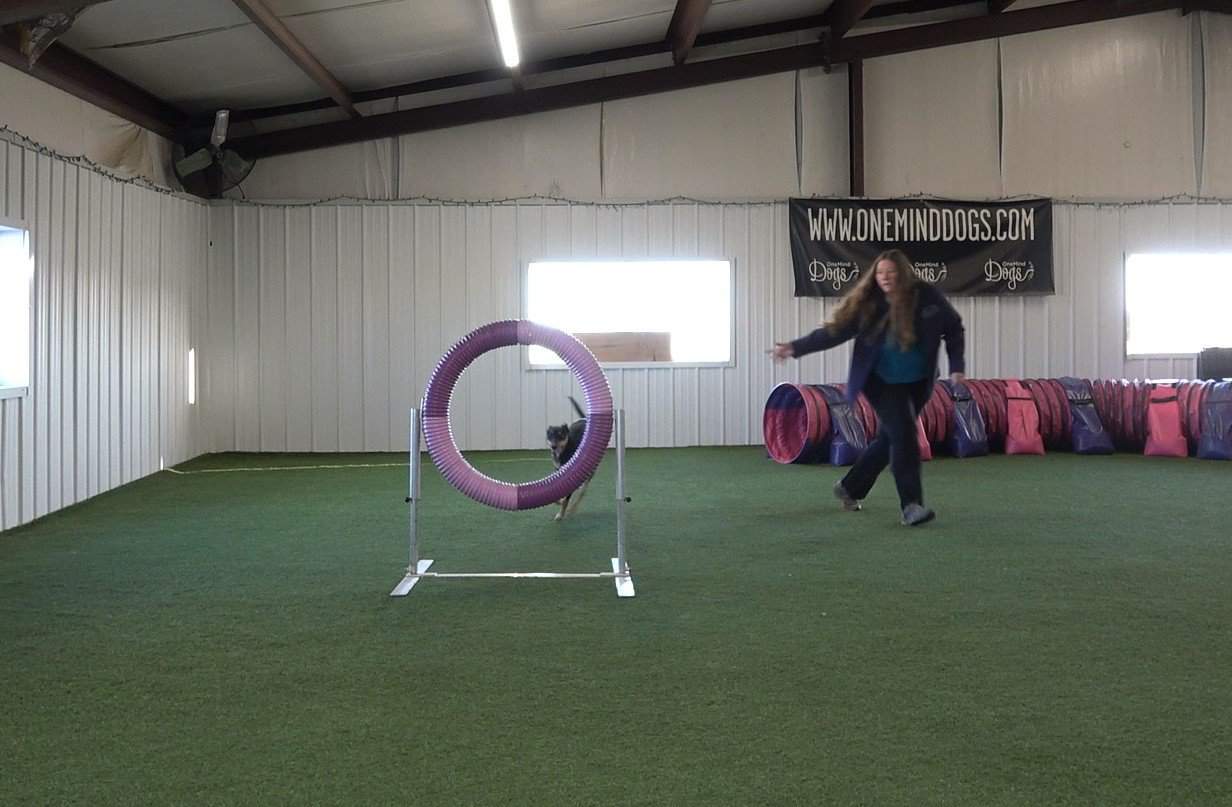
Finally, you should have the ability to Send the dog ahead of you over or through an obstacle without the dog turning around and coming back to you.
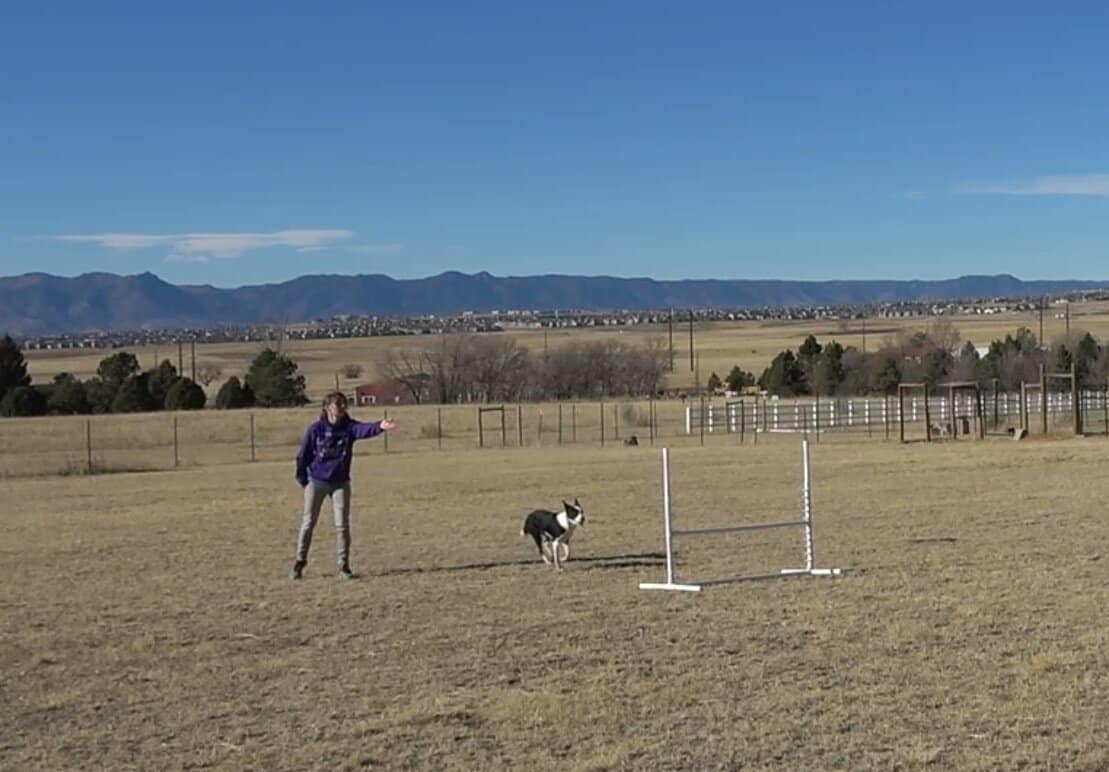
All four of these skills are required if your dog is going to have truly independent obstacle performance. The good news is that they are teachable and your dog can master them as long as you build confidence in your dog and handle with clarity and consistency.
The bad news is that you have to avoid making yourself part of the environmental cues that help tell your dog where to go. No more standing at the bottom of the contact obstacle pointing the way, or doing the “weave pole dance” to keep your dog weaving.
Today’s Tip
Build obstacle independence skills in your team to give you advantages on “non-distance” courses, and to allow you to qualify on courses with distance like Gamblers, Chances, and FAST. The best time to do that is when you are initially teaching the obstacles. The second best time, if you have already trained the obstacles, is now!
Part one of Agility FUNdamentals for Distance is called “Foundations and Independent Obstacle Performance”. Once you understand the underlying principles behind distance handling, you can start building those independence skills and increasing your success!
The course is now open for enrollment. Click here for more information.
You Might Also Like…
Five Ways to Crush It at Your Next Dog Agility Seminar
Going to a dog agility training seminar? Check out these five tips to maximize your return on investment!
Read This Before Deciding on Your Agility Dog’s Contact Performance
Which contact performance, running or stopped, is right for your team? The answer might surprise you.
Is Your Agility Dog a Pinto or a Ferrari?
If you’ve moved up from a slow or moderately-fast agility dog to a speed racer, here’s some advice to make your life easier.
Get tips, stories, discounts, and early notification of events and new courses delivered straight to your inbox! Join the community!
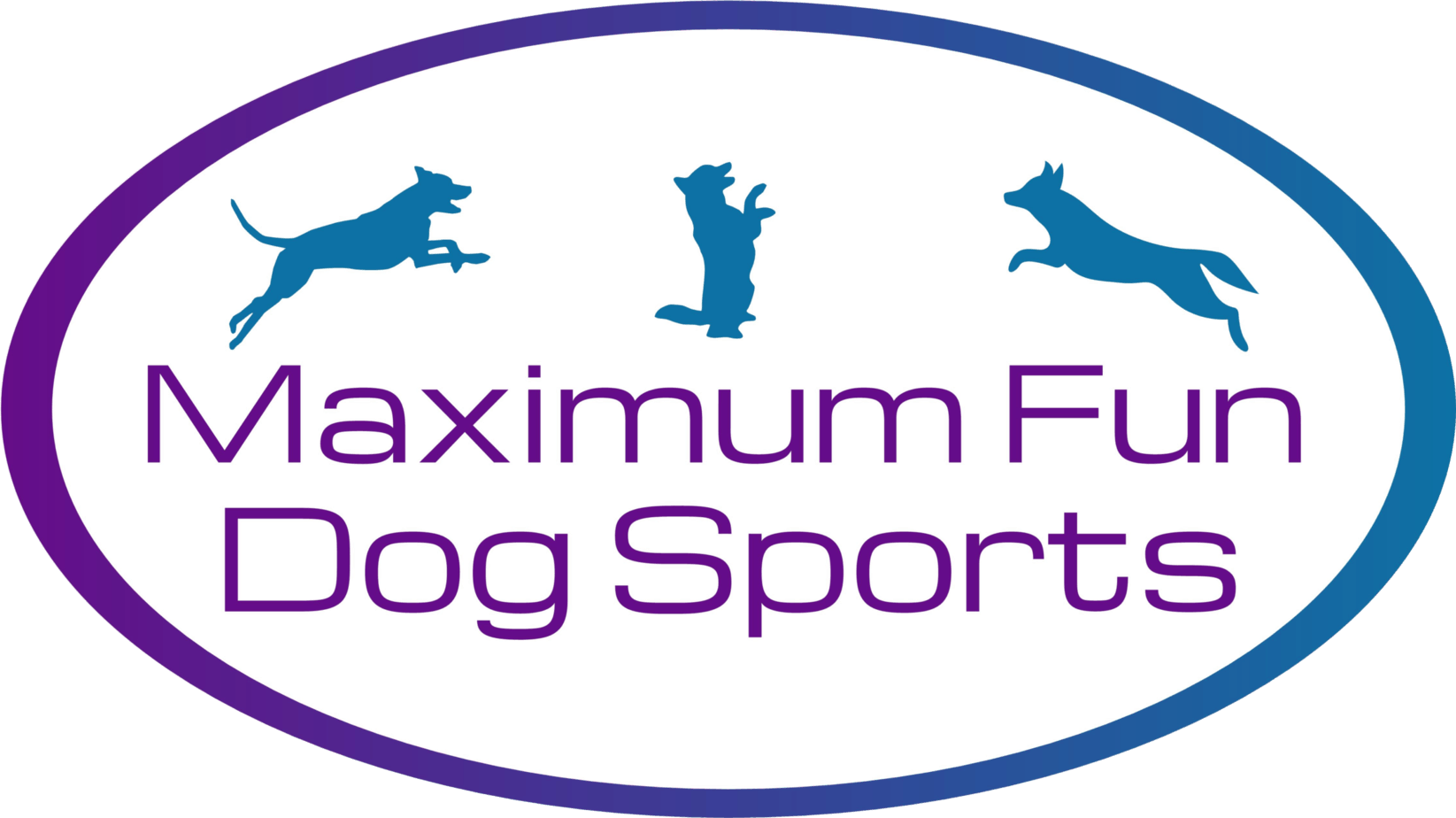
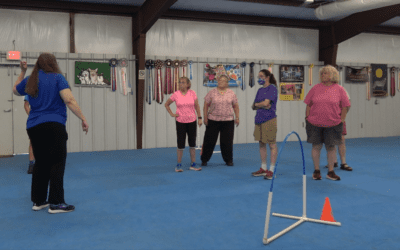
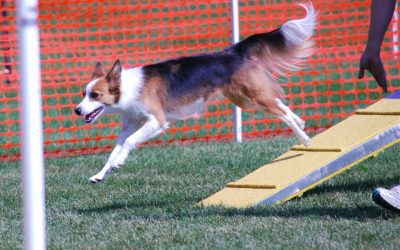
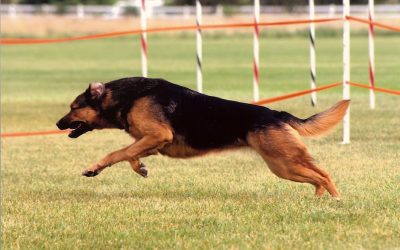
0 Comments